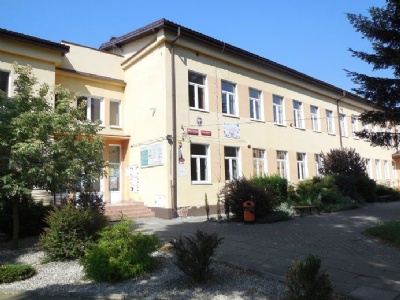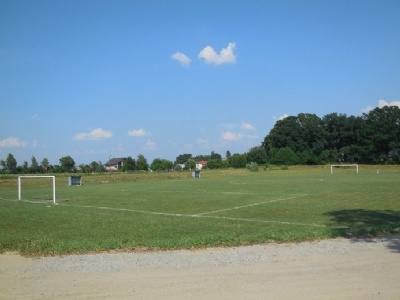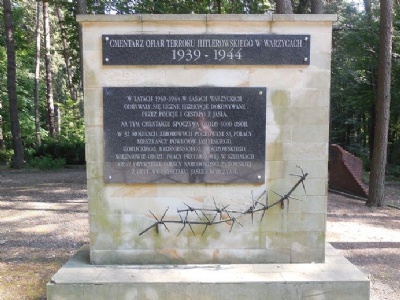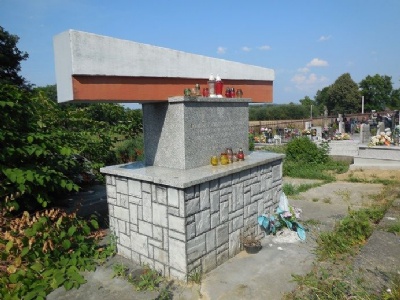Szebnie
In June 1941 and in the wake of Germany’s attack on Soviet Union, a prisoner of war camp was set up for about 6,000 Soviet prisoners of war in Szebnie, about fourty kilometres southwest of Rzeszow. The first prisoners were forced to build around twenty barracks, but these were far from adequate and during the winter of 1941/42 the majority of prisoners died due to cold, starvation and disease. In spring 1943 the camp was reorganized into a concentration camp for Jews sent to the camp from liquidated ghettos within the region, including Rzeszow. These were Jews who had been spared cause they were needed as slave labor.
Although the majority of the prisoners sent to the camp were Jews, there were also prisoners of other categories. The camp eventually consisted of about 35 barracks covering an area of about 10 hectares. The prisoners were used as slave labor in industries or building projects. In August 1943, more than 1,000 prisoners were in the camp, a number that had increased up to 5,000 before the end of the year. In august 1943, the Jews were separated from other prisoners by putting them in a special section in the camp.
In November 1943, 2,000 Jews were shot in a forest outside Dubrocowa a few kilometers south of Szebnie. In 1943, 2,800 Jews were deported to Auschwitz. In February 1944, 80 Jews remained in the camp and they were deported to Plaszow outside Krakow. Other (non-Jewish) prisoners remained until August 1944 when they were deported to a camp called Grybow. Between February and August 1944, the camp once again served as a prisoner-of-war camp for Soviet prisoners of war.
In August 1944, the prisoners of war were murdered by SS units summoned from the SS-Heidelager, a SS military training camp in Pustkow, about sixty kilometres north of Szebnie. In connection with this, the barracks were burned down and in early September the Soviet Red army arrived in Szebnie. By then the camp was destroyed. A total of about 10,000 prisoners died in the camp during its existence between June 1941 and August 1944. In addition to the murder of prisoners, typhus epidemics also claimed a large number of victims.
Current status: Demolished with monument (2015).
Address: Szebnie 222, 38-203 Szebnie.
Get there: Car.
Follow up in books: Kogon, Eugen: The Theory and Practice of Hell: The German Concentration Camps and the System Behind Them (2006).








To my knowledge, there is nothing left of the camp and on the site there is now a school and a football field. But there is a monument and on the facade of the school building there is a large information board (polish) that shows how the camp looked like. At the cemetery in Szebnie there is another monument and west of Szebnie there is a two-part cemetery. One part for Soviet prisoners of war who died in the camp, and one part for people in the region killed by the Nazis, including camp prisoners